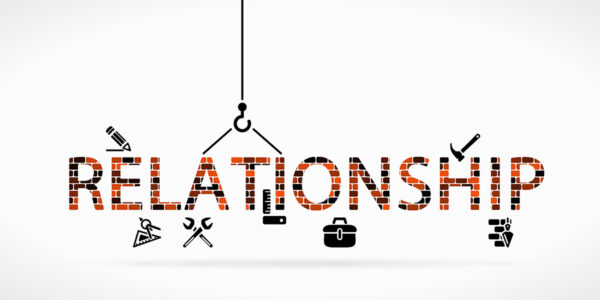At the Big Fundraising Agency I used to work at, we noticed a trend:
The individual donors who gave two or more gifts per year were the donors who were most likely to give again the following year.
Think of it like physics: a donor’s relationship with your organization has momentum. If a donor is giving often, they are more likely to keep giving. If a donor is giving infrequently, they are more likely to stop giving.
The data analysts further identified that if an organization’s individual donors averaged 2.4 gifts per donor per year, that seemed to be a “sweet spot” for revenue and donor retention.
I share this because many nonprofits have an unspoken belief that goes something like this: “most donors don’t want to give more than once a year.”
That belief then drives their fundraising strategy: they only send one or two appeals a year, they over-steward their donors, they constantly watch out for the mythical “donor fatigue,” they would never ask a Major to give more than once per year, etc.
Those strategies go against everything I’ve ever seen in data in 30+ years of fundraising. (Are there individual donors who are outliers? Of course. And when a particular donor says that they prefer something, honor that preference.)
My advice to you: follow the data. Create fundraising plans that actively give donors more chances to give.
A donor at rest tends to stay at rest, and a donor in motion tends to stay in motion.







